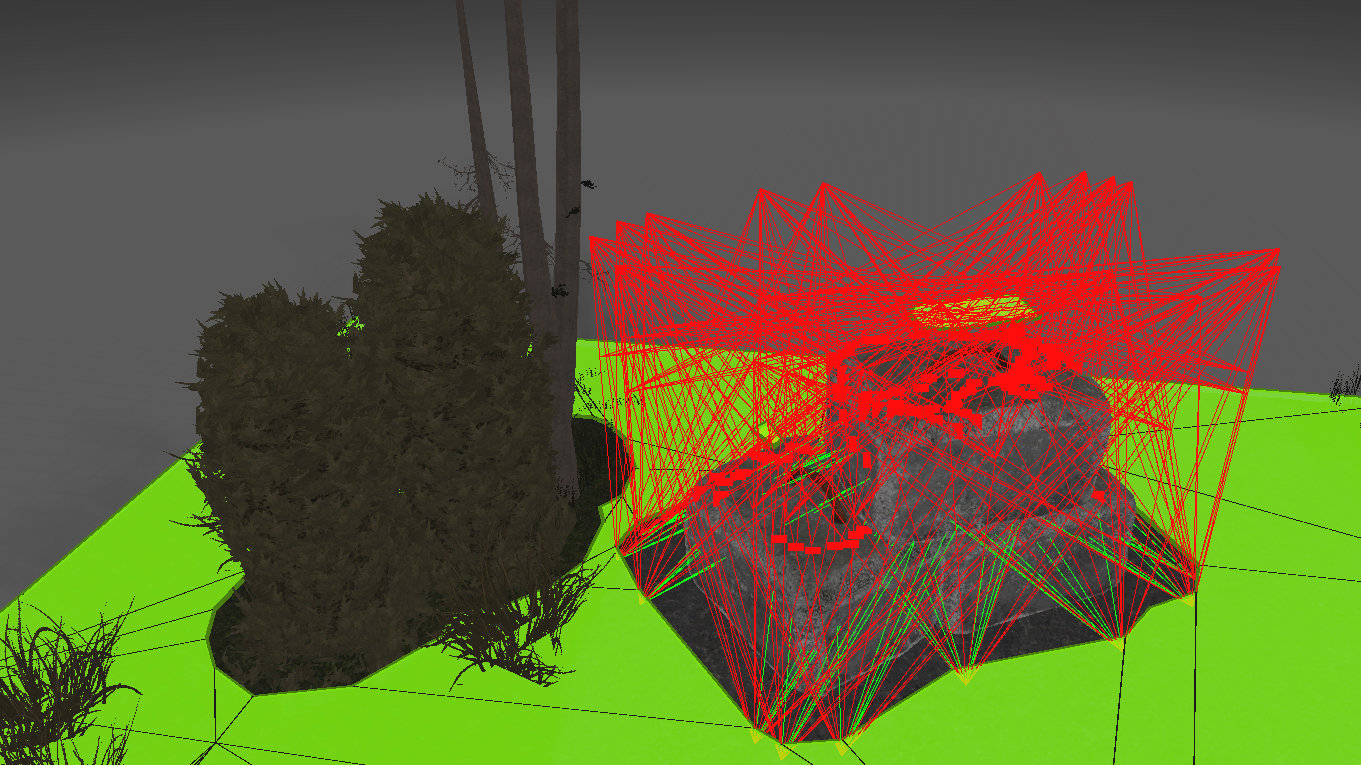
Over the years, Dead by Daylight has changed significantly, and we have adapted the way we create maps along with it. These days, a lot of work goes into making sure maps feel as fun and fair as possible, and we have developed new tools to help with that. Also, to ensure that older maps aren’t left behind, we have started updating existing maps to implement these new tools and the knowledge we’ve learned over the past few years. The first map update is Badham Preschool - the map that originally launched with the release of CHAPTER VI: A Nightmare on Elm Street™.
Variations
While the maps in Dead by Daylight are procedurally generated, there are a set of rules that the game follows. This includes details like what shape the map should be and where the unique buildings and landmarks should appear. The game then fills in the empty spaces with generic tiles, which are rotated randomly to further add to the variety.
With this update, four additional variations of the Badham Preschool map have been added (for a total of five). These variations share the same buildings and landmarks as the map you’re already familiar with but sport a completely different layout. Having multiple versions of the same maps allows us to take advantage of existing assets while adding more variety to the game.
Additionally, we have created many new generic tiles specifically for Springwood. This gives us the ability to generate a map with no repeating tiles, making the maps feel more unique each time you play them.
Pallet Spawning
With this map update, we have started using new tools to help us better determine the strength of a specific loop, allowing us to factor the strength of a loop into the budget when generating the map.

Above is an example of our new tool in action. The green area on the ground indicates the area that a player can run.
Pallets are rated based on the length of the loop around them. A longer loop is safer for Survivors, giving them a larger margin for error. Shorter loops allow for more skill-based play, where Killers can change directions to either hit the Survivor or force them to drop the pallet sooner.
This allows us to spawn more unsafe pallets and fewer safe pallets while keeping the overall loop budget the same, promoting more skill-based gameplay. While the total number of pallets may be slightly higher than before, most pallets will be more interactive and can be dealt with faster than before. Additionally, randomly spawning objects will not appear along these loops, ensuring that a generator or hook cannot extend the loop.
General Improvements
The final part of the update is a general pass on the remaining aspects of the map. The buildings and landmarks were reviewed with minor changes being made where necessary. These changes–such as the new doorway on the side of the preschool and the gap in the railing of the large house–make the map flow better, giving you more freedom when moving around.
A pass was done on totem spawn locations to ensure they are better hidden and harder to spot from a distance. Lockers were also distributed across the map, often being paired with other lockers to add some unpredictability and encourage locker use. Finally, generators have been reviewed to provide a greater variety in the number of available repair slots, limiting the number of people that can repair a particular generator at once.
The Springwood update aims to introduce more skill-based and interactive gameplay while also adding some variety and improving flow. These changes are included in the mid-chapter update, which is now available on all platforms. We are excited to put our new tools in action for the first time and we look forward to seeing how they affect gameplay. As always, we’ll be keeping an eye out for your feedback.
See you in the Fog.
The Dead by Daylight team